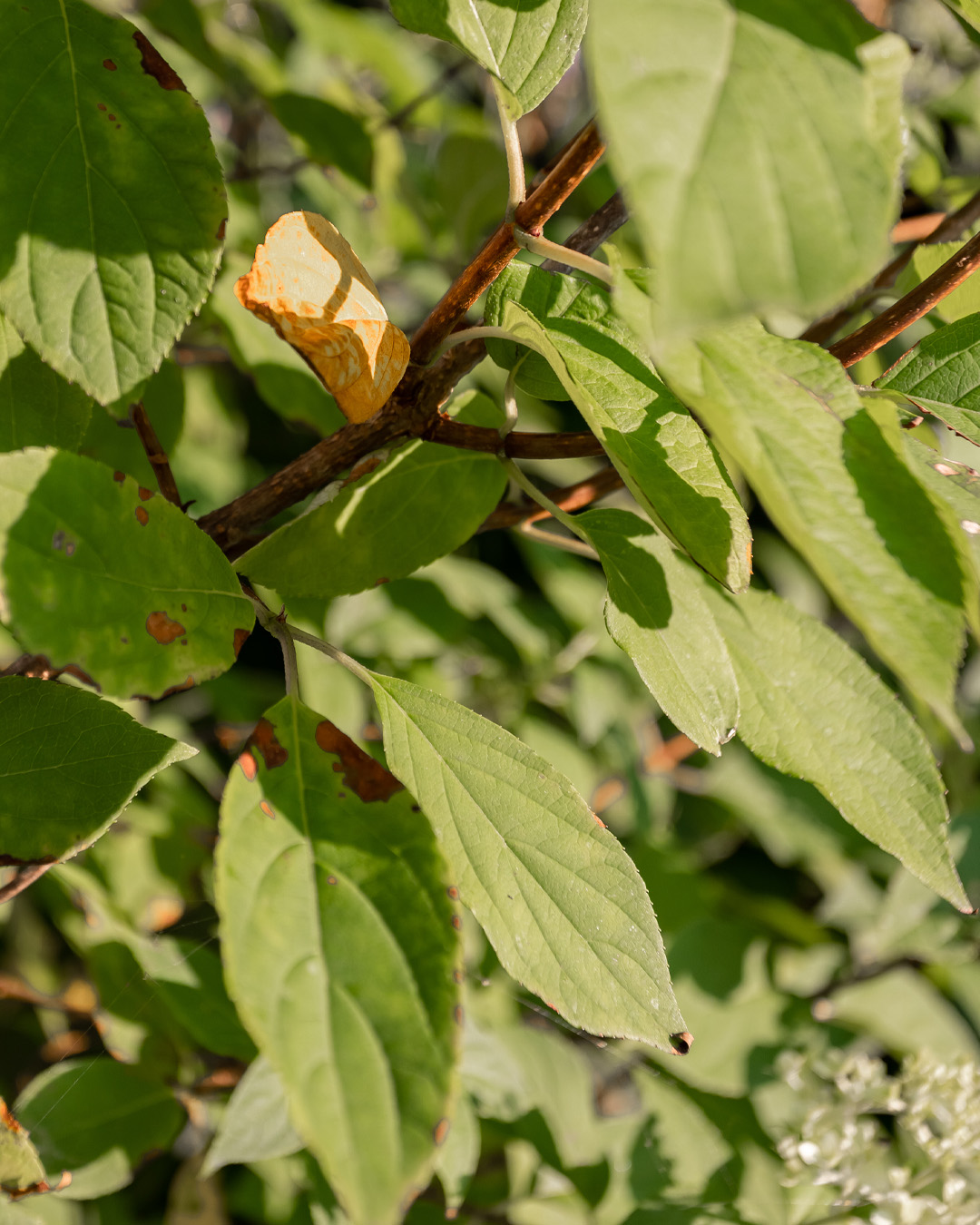The Ultimate Guide To Hydrangea Leaves Turning Yellow
Unknown Facts About Hydrangea Leaves Turning Yellow
Table of ContentsExcitement About Hydrangea Leaves Turning YellowThe Facts About Hydrangea Leaves Turning Yellow RevealedLittle Known Facts About Hydrangea Leaves Turning Yellow.The Buzz on Hydrangea Leaves Turning Yellow
Hydrangea plants are recognized for their beautiful blossoms, yet occasionally their fallen leaves can transform yellow. This is typically a sign that something is wrong and the plant needs your help. There are a number of feasible root causes of yellow leaves on Hydrangeas, and fortunately many of them are simple to deal with. Right here we'll cover the most common sources of Hydrangea leaves turning yellow and just how to fix them.Hydrangea leaves transforming yellow can be a cause for worry. Hydrangea leaves normally transform yellow when the plant is overwatered.
When the origins of a plant are immersed in water for extended periods, they start to asphyxiate and rot. This procedure cuts off the origins' oxygen supply, triggering the leaves to turn yellow and at some point pass away. Overwatering can also result in various other problems such as fallen leave decrease, root damages, and fungal growth.
If you think your Hydrangea is overwatered, the finest service is to allow the soil dry out completely before sprinkling again. It's additionally a good concept to check the water drainage of your pot or garden bed and see to it that water is not merging around the plant's origins. Hydrangea plants need well-drained dirt to grow.
Hydrangea Leaves Turning Yellow Can Be Fun For Anyone
Hydrangea leaves can likewise transform yellow if the plant is not getting enough water. This happens when the plant does not obtain adequate water, and the soil begins to dry out.

This is called "plant food shed," It happens when the plant's roots are revealed to excessive plant food. The roots can't soak up every one of the nutrients and become harmed. This damages causes the leaves to transform yellow and ultimately die. Various other indicators of fertilizer burn consist of brown or blog here yellow leaves, wilting, and stunted development.
This will aid eliminate any kind of excess fertilizer from the origins of the plant. It's also an excellent idea to minimize the amount of fertilizer you are using.
9 Easy Facts About Hydrangea Leaves Turning Yellow Shown

If your Hydrangea is plagued with bugs, dealing with the plant with neem or horticultural oil is the best solution. It's also excellent to get rid of any kind of afflicted fallen leaves from the plant (Hydrangea Leaves Turning Yellow).
To prevent spreading the disease, ensure to disinfect your scissors prior to reducing any kind of ends. Hydrangea leaves can additionally transform yellow if the temperature stresses the plant. This normally takes place when the plant is revealed to severe chilly or warm. The leaves of the plant will certainly transform yellow and begin to go down off.
If the temperature level worries your Hydrangea, you require to relocate the plant to an area where it will be shielded from the extreme cool or heat. You can additionally try to supply the plant with some partial color if subjected to guide sunshine. You can likewise attempt including mulch around the plant click over here base to assist manage the temperature.
Not known Facts About Hydrangea Leaves Turning Yellow
When the plant's roots are submerged in water for too long, they start to rot. One of the most typical root rot symptoms is read the full info here yellowing fallen leaves, as the fungus avoids the roots from absorbing nutrients from the soil.
Inspect the roots of your Hydrangea if it has root rot. If some healthy roots are left, you can try to save the plant by replanting it in a new pot with fresh soil.
Water the plant very carefully, ensuring not to overwater it. If your Hydrangea is greatly affected by root rot, beginning with a brand-new plant is best. All-natural causes can additionally trigger yellow hydrangea leaves. One of the most common reason is the plant's age. As Hydrangeas age, their leaves will gradually transform yellow and brownish before diminishing the plant.
You can aid the plant by guaranteeing it is obtaining adequate water and nutrients. One possibility is that the plant is not getting sufficient water.